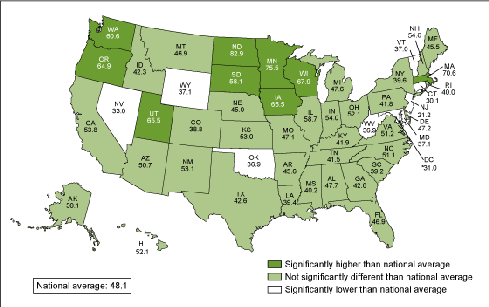Meet David!
David is our Vice President of Revenue Cycle Services Group and Business Development. He joined the TSI Healthcare Family in October 2013. David can always be counted on for a kind word, a helping hand, or if you are lucky, a soulful tune. Get to know David a little better…
David is our Vice President of Revenue Cycle Services Group and Business Development. He joined the TSI Healthcare Family in October 2013. David can always be counted on for a kind word, a helping hand, or if you are lucky, a soulful tune. Get to know David a little better…
What are you most proud of?
“My two daughters”
“My two daughters”
What is your favorite hobby?
“Creating and performing music”
“Creating and performing music”
What is your personal mantra?
“Think positive, treat people like you would like to be treated, and fix things at the source.”
“Think positive, treat people like you would like to be treated, and fix things at the source.”
Why do you love TSI Healthcare?
“We are all family, we all evolved from the same source, and we provide a valuable service.”
“We are all family, we all evolved from the same source, and we provide a valuable service.”
What is the most random item on your desk?
“Steak Sauce”
“Steak Sauce”
To read more about TSI Healthcare's Revenue Cycle Management Services offerings, visit us at http://www.tsihealthcare.com/our-solutions/revenue-cycle-management/.

